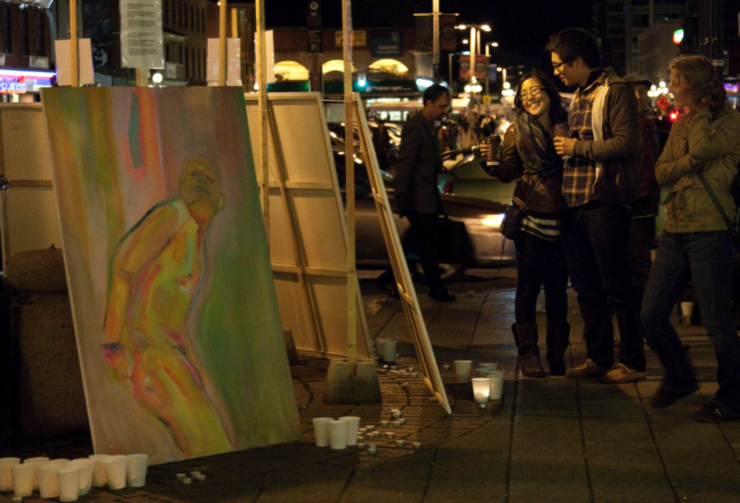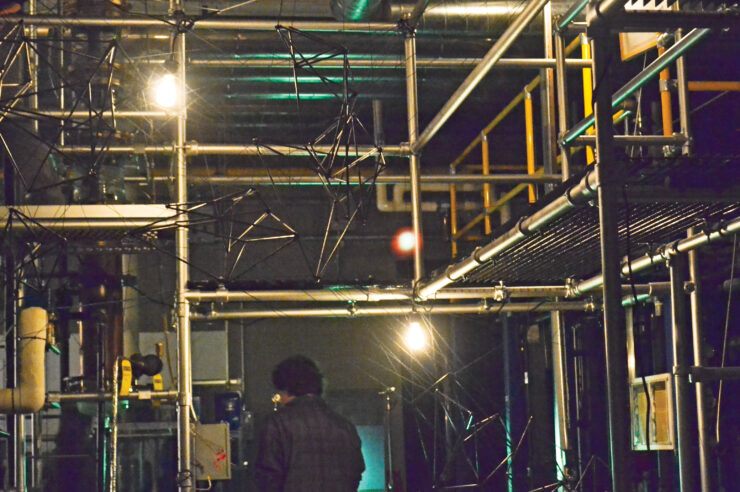Exhibit at Café Alt showcases works of art by young survivors of Israeli assault
Krystine Therriault | Fulcrum Staff
Someone in our relatively peaceful society can only imagine the violence that occurred during Operation Cast Lead, a 22-day assault on Gaza by the Israeli military in the winter of 2008-09 that cost more than 1,400 Palestinians their lives, 352 of whom were children.
An exhibit titled A Child’s View from Gaza was put together by activists after the assault, and is currently on display at the University of Ottawa’s Café Alt. The exhibit consists of work done by surviving children who attended an art therapy class to deal with their trauma.
Canadians for Justice and Peace in the Middle East along with the U of O’s chapter of Solidarity for Palestinian Human Rights (SPHR) will host the exhibit at Café Alt until Dec. 12. It will be open for viewing throughout the week during regular business hours (8 a.m. to 6 p.m.) and will stay partially open after hours on evenings and weekends.
“We’re very proud to bring A Child’s View from Gaza to the University of Ottawa,” the SPHR club said in a statement to the Fulcrum. “Too often in conflict situations, and especially in the context of conflict between Israel and Gaza, the suffering of innocent civilians becomes overshadowed by security rhetoric and a focus on numbers and death tolls.”
The majority of the pieces—which were created by children ranging from grade school to high school—depict dark scenes dominated by themes of death and destruction. One piece of artwork by Asil, age 10, shows a child crying behind bars with the words, “I want the right to live. Even the right to play. Even the right to freedom. Even the right to be safe. Stop the siege on Gaza’s children.”
U of O social sciences graduate and Café Alt general manager Alex Maltby offered his own impression of A Child’s View from Gaza.
“I think there’s something that is brutally honest about the fact that it’s children producing this art, because as a child your perception of what’s going on is not altered by the political aspects,” said Maltby. “There’s a certain purity that stems from a child’s perspective that yields a different interpretation of the situation.”
“This exhibit brings attention back to the most vulnerable in the situation: children,” the SPHR continued in its statement. “War has tremendous costs, and these pictures reflect not only the children’s experiences of trauma, of family members dying, of white phosphorus being dropped on the UNRWA [United Nations Relief and Works Agency] school, of being trapped in Gaza and unable to leave—but they also show viewers a real look at the reality on the ground through photographs from the conflict.”
Art has given these children a chance to communicate their pain in a way that touches more deeply than news headlines. The exhibit reminds its viewers not to take for granted the safety and freedom that children in war-torn countries can only dream of.





